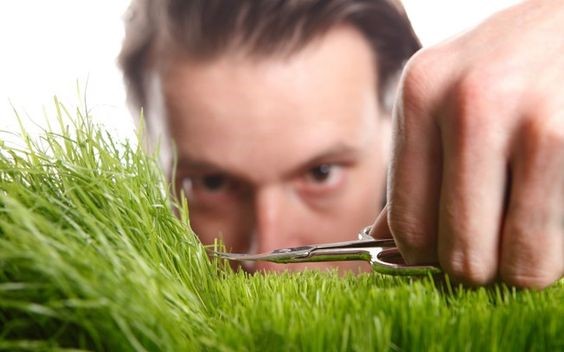Bipolar Affective Disorders (BPAD/ BPMD)
Dr.Balan Stephen
Introduction
Also called as mood disorders.
Different from depressive disorder in that they have manic, hypomanic and depressive episodes in the same patients in the same period of time.
More disabling than depressive disorders
Starts usually in the teenage period
Epidemiology
Prevalence: 1 per cent.
Sex: equal prevalence among men and women.
Manic episodes are common in men and depressive episodes in women.
Age: around 18-20 years.
In 50% before 20 years. First onset of mania is rare in elderly people.
Etiology
A genetic role +
First degree relative have higher rate of bipolar disorder.
Many psychoactive substances are known to induce mania.
Clinical Features
An elevated expansive or irritable mood. The mood is so infectious and the family members and even experienced clinicians fail to appreciate the pathological nature.
Decreased need for sleep : patient may not sleep for 3 or 4 days, or even more for many days but still will be energetic, enthusiastic and busy with his/her important plans.
An increased unusual need for social interaction may be manifested by frequent and inappropriate phone calls to friends and relatives, particularly at odd times and excess friendliness to totally unknown persons or unsolicited visit to neighbours and relatives house during odd hours.
Excessive writing, hearing music
Excessive spending without considering financial liabilities.
Dress pattern is very eccentric like wearing bright colours, inappropriate dress for the social situation or total carelessness about clothes and hygiene.
Speech is excessively rapid and difficult to interrupt. The speech may involve rhyming, punning and bizarre associations.
They have high confidence and inflated self-esteem leading to idiosyncratic decisions in work and business
Easily distractible and respond to both internal and external stimuli.
Increased sexual activities and sometimes sexual promiscuity.
In psychotic state, they may have grandiose delusion or persecutory delusions consistent with the prevailing mood state. (Mood congruent delusions.)
Suicidal tendency : About 10 to 15% patients attempt suicide during the course of illness.
Course and Prognosis
Most patients experience both manic and depressive episode, although 10- 20 % experience manic episode only.
First episode is usually depression in 60- 70% of patients.
Manic episodes have rapid onset but may also evolve over a few weeks' time.
Untreated manic episodes may last for about 3 months.
As the disorder progresses, the time between episodes decreases.
5 to 15% have 4 or more episodes per year and are classified as rapid cyclers.
Other Causes of Mania
Psycho active substance abuse
Multiple sclerosis
Cushing syndrome, exogenous steroid intake
Space occupying lesion
Hypothyroidism
AIDS
Treatment
Assessment of suicidality is essential
Mood stabilizer should be used to treat manic episodes.
Antipsychotics should be added if psychotic features are also present.
Benzodiazepines can be used as adjunctive for agitation.
ECT can be considered in severe suicidal tendency or in patients with catatonic symptoms.
Hospitalization is needed for manic episode.
Mood Stabilizers
Lithium.
Therapeutic dose 400- 1200 mg.
Plasma level--- 0.6 to 1.2 mmol/L
Carbamazepine
Dose---- 200 to 1000mg/day
Plasma level----- 8 to 12 mgm
Valporate
Dose------ 500 to 2500 mg
Plasma level 50 to 100 mg/l
* * * * * * * * * *



